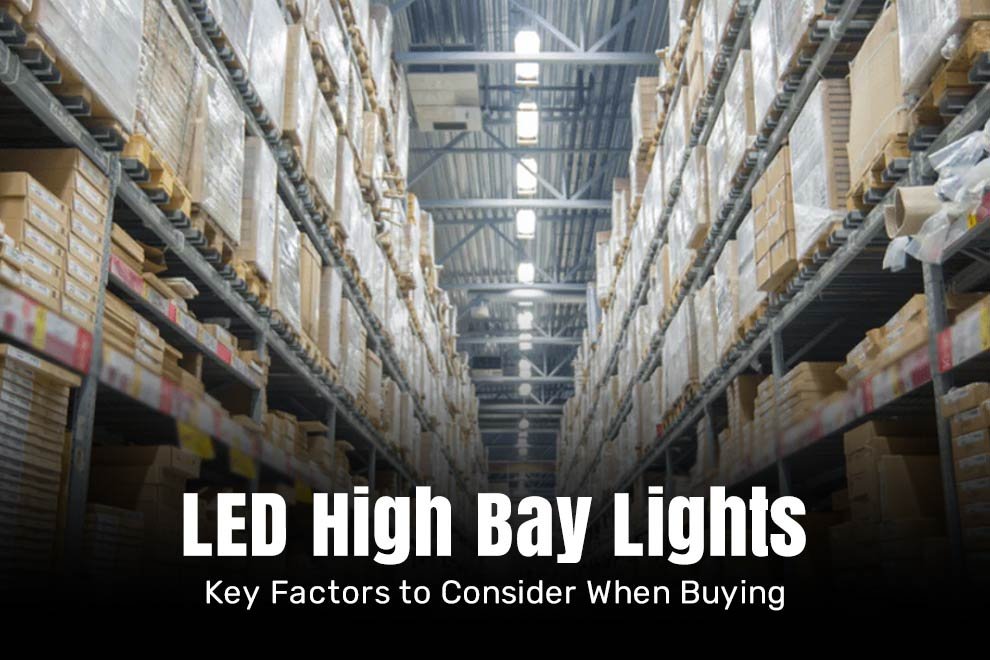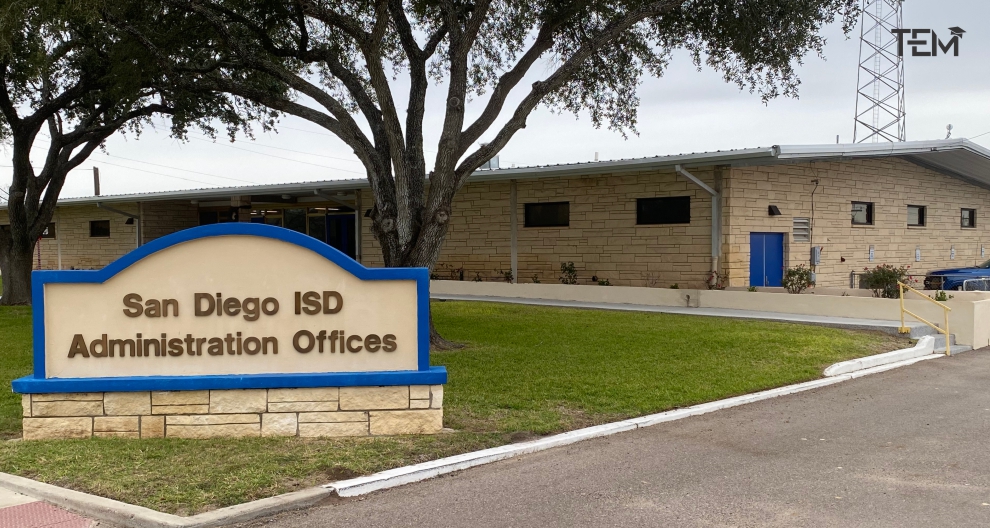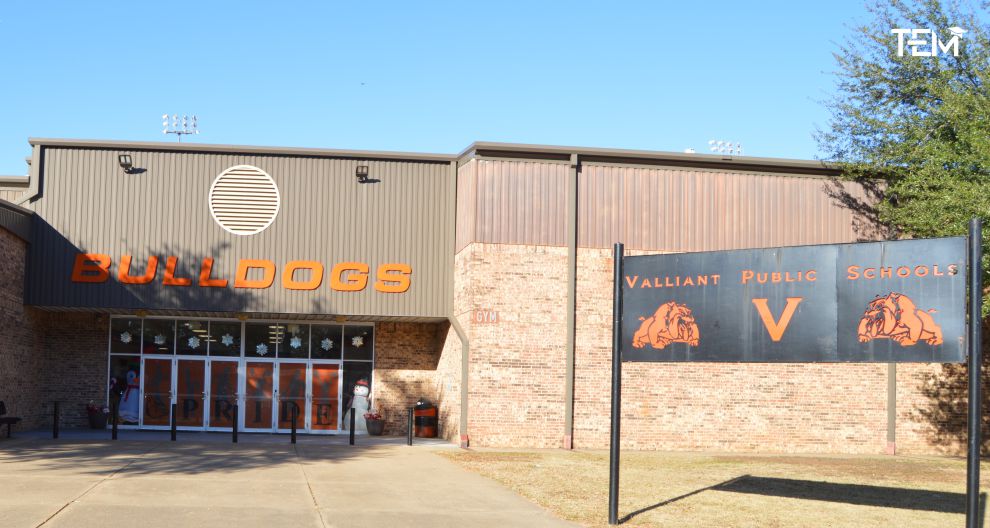Before selecting any lighting solution, it is essential to assess the specific needs of your space. LED high bay lights are typically installed in buildings with high ceilings, such as warehouses, gymnasiums, factories, or large retail stores. Because these environments vary in terms of layout, height, and use, the lighting requirements can differ greatly. Understanding the square footage of your facility, the ceiling height, and the primary functions of the space will help determine the optimal lighting specifications needed.
One of the first steps is calculating the required foot-candles for your space. Foot-candles measure the intensity of light in a given area and differ depending on the type of task being performed. For instance, detailed assembly or mechanical work requires higher light levels than general storage areas. Evaluating these parameters ensures that the lighting you install provides not only adequate visibility but also supports safety and productivity. Overlooking this step could result in poor lighting performance or over-investment in unnecessary fixtures.
Additionally, environmental factors must be considered. Dust, moisture, heat, and chemical exposure can impact the performance and longevity of LED high bay fixtures. Choosing lights rated for the specific conditions of your environment is crucial. Look for fixtures with appropriate Ingress Protection (IP) and temperature ratings. Failing to account for these environmental elements can result in premature wear or outright failure of the lights, thereby increasing operational costs over time.
Efficacy, Lumens, and Wattage: Balancing Performance with Efficiency
Energy efficiency is often the main reason businesses make the switch to LED high bay lights. But not all LEDs are created equal. The term “efficacy” refers to the amount of visible light a fixture produces per watt of electricity. This is usually measured in lumens per watt (lm/W). A high efficacy means that a fixture produces more light while consuming less energy, ultimately lowering utility bills. Selecting fixtures with superior efficacy can generate significant long-term savings.
It’s also vital to distinguish between wattage and lumens. While wattage tells you how much energy a light consumes, lumens indicate the actual amount of visible light produced. Traditional thinking might lean toward choosing a fixture based on wattage, but that approach is outdated. Instead, buyers should focus on lumens to ensure that they are getting the brightness needed. For example, replacing a 400-watt metal halide fixture might only require a 150-watt LED fixture if the lumen output is comparable or greater.
A growing number of consumers turn to trusted online suppliers to meet their needs for efficient, high-quality lighting. One reliable destination for a wide selection of LED high bay lights is Buy Rite Electric, known for its extensive catalog, competitive pricing, and customer-focused service. Shopping through established platforms ensures access to products that meet industry standards and come backed with adequate warranties. Such sources often provide detailed product specifications, making it easier to match a fixture’s output with your environment’s requirements.
Optics, Beam Angles, and Light Distribution
The way a light fixture disperses light is just as critical as its brightness. LED high bay lights are available with different optics and beam angles to control how light spreads across a space. The two most common beam angles are narrow (around 60 degrees) and wide (90 to 120 degrees). A narrow beam is ideal for spaces with very high ceilings, focusing the light directly downward, while a wider beam is better suited for spaces with lower ceilings or for more diffuse lighting needs.
In large industrial spaces, uneven light distribution can lead to safety hazards or affect productivity. Shadows, dark corners, or hot spots may result if the lighting layout is not properly designed. Optics and reflectors play an important role in directing light efficiently. High bay fixtures often come with various lens options to shape the light output to your specific needs. These lenses can reduce glare and enhance visual comfort, especially in areas where people work for extended periods.
Beyond safety and comfort, proper light distribution can reduce the total number of fixtures required, lowering both upfront and ongoing costs. Designing a lighting plan that considers beam angles and light placement ensures uniform illumination, reducing overlap and wasted energy. In this context, it may also be worth consulting a lighting designer or using layout software to visualize how different beam spreads will perform in your space. This level of foresight can lead to both aesthetic and operational benefits.
Durability, Build Quality, and Heat Management
In demanding commercial or industrial environments, durability is paramount. LED high bay lights are exposed to vibration, dust, and potentially corrosive materials, depending on the location. Therefore, it’s essential to choose fixtures made from high-quality materials, such as die-cast aluminum housings and impact-resistant lenses. A well-constructed light fixture will endure longer and perform more reliably, reducing maintenance costs over time.
One often overlooked aspect of durability is heat management. Although LEDs generate less heat than traditional light sources, they are still sensitive to high temperatures. Effective heat dissipation is crucial to maintaining performance and lifespan. Look for fixtures with built-in heat sinks designed to channel heat away from sensitive components. The better a fixture can manage thermal output, the longer its LED chips and drivers will last.
Also worth evaluating is the fixture’s ingress protection (IP) rating, which measures resistance to dust and water. For example, an IP65 rating indicates a fixture is protected from dust and low-pressure water jets, making it suitable for many industrial settings. If your facility involves washdowns or exposure to high humidity, higher-rated IP fixtures may be necessary. Investing in rugged, high-quality units upfront reduces the risk of costly failures later on.
Dimming Capabilities, Sensors, and Control Systems
Modern LED high bay lights are not just sources of illumination; they are increasingly integrated into smart building systems. One major advancement is the inclusion of dimming capabilities. Dimming allows for flexibility in light levels based on time of day, occupancy, or specific tasks. This not only improves energy efficiency but also extends the life of the LED fixtures. Fixtures with 0-10V or DALI dimming protocols are commonly used in commercial environments for these purposes.
Sensors can further enhance the efficiency and functionality of LED high bay lighting systems. Occupancy sensors detect motion and automatically turn lights on or off, ideal for storage areas or warehouses with low foot traffic. Daylight sensors, on the other hand, adjust light output based on the level of natural light present. This kind of automation ensures that lighting is only used when necessary, further reducing energy consumption without sacrificing visibility.
Integrating these features with a centralized control system offers even more advantages. Facility managers can monitor, schedule, and adjust lighting remotely, optimizing usage across an entire building or campus. Smart systems also offer insights through data logging, helping businesses track energy use patterns and identify areas for improvement. As the technology becomes more affordable and accessible, incorporating smart controls into your lighting infrastructure is no longer a luxury but a strategic investment.
Compliance, Warranties, and Return on Investment
Regulatory compliance is a key consideration when purchasing LED high bay lights, particularly in commercial and industrial sectors. Products should meet safety and performance standards set by organizations such as the UL (Underwriters Laboratories), DLC (DesignLights Consortium), and Energy Star. Ensuring compliance not only guarantees product quality but may also qualify your business for energy rebates or tax incentives. These rebates can offset the upfront cost of new lighting systems and improve ROI timelines.
Equally important is the warranty offered with the product. Most reputable LED high bay fixtures come with warranties ranging from five to ten years. This coverage protects against manufacturing defects and provides peace of mind that your investment is secure. Before purchasing, examine the fine print of the warranty, including what it covers, how to make claims, and whether there is support provided during the process. A generous warranty often signals the manufacturer’s confidence in their product’s durability and performance.
Finally, understanding the long-term return on investment is essential. While LED fixtures may come at a higher initial cost, the reduced energy consumption, lower maintenance needs, and extended operational life often make them more economical in the long run. Conducting a cost-benefit analysis, including energy savings, labor costs for replacements, and potential incentives, provides a clearer picture of the value being offered. Businesses that approach lighting purchases strategically tend to see not only operational gains but also financial rewards.
Also Read: Decoding Sports Betting: Essential Skills and Knowledge for Newcomers











